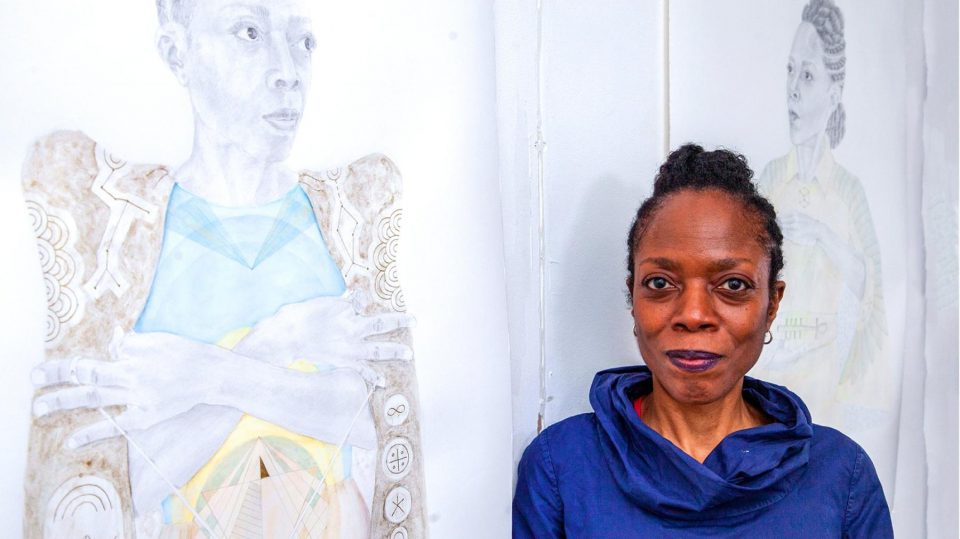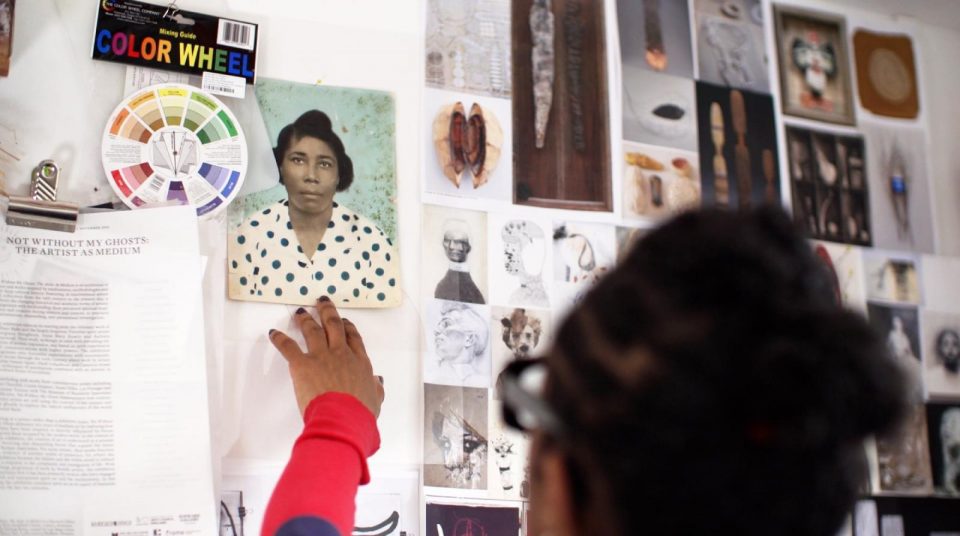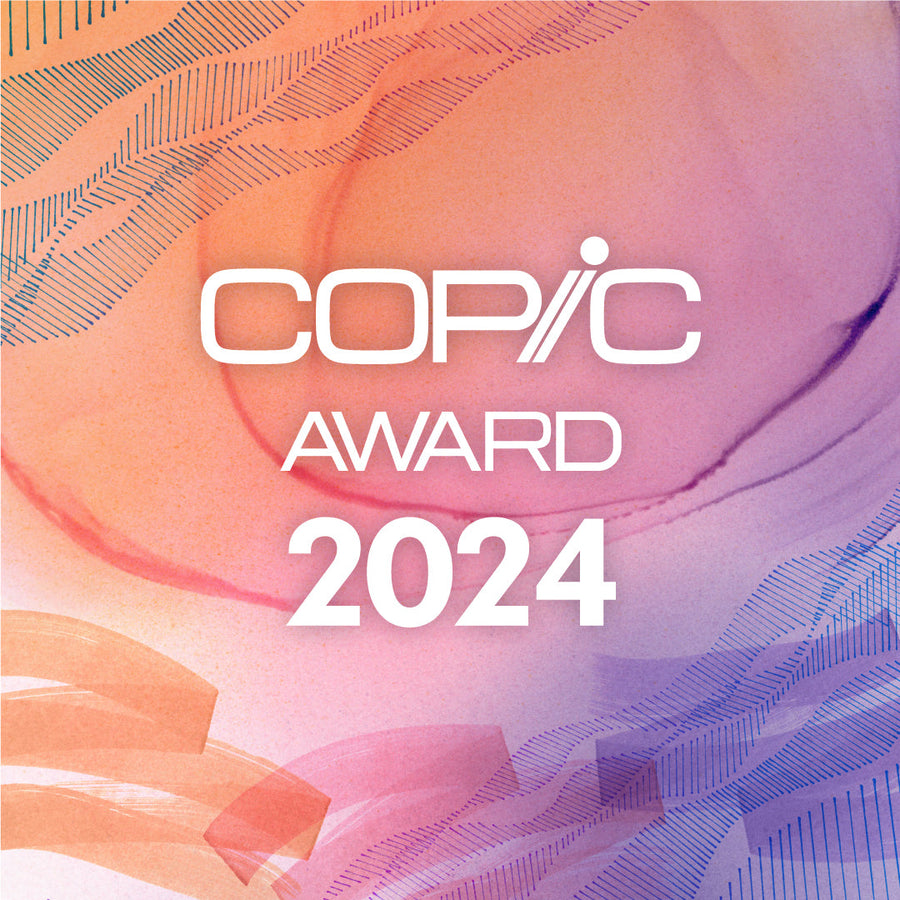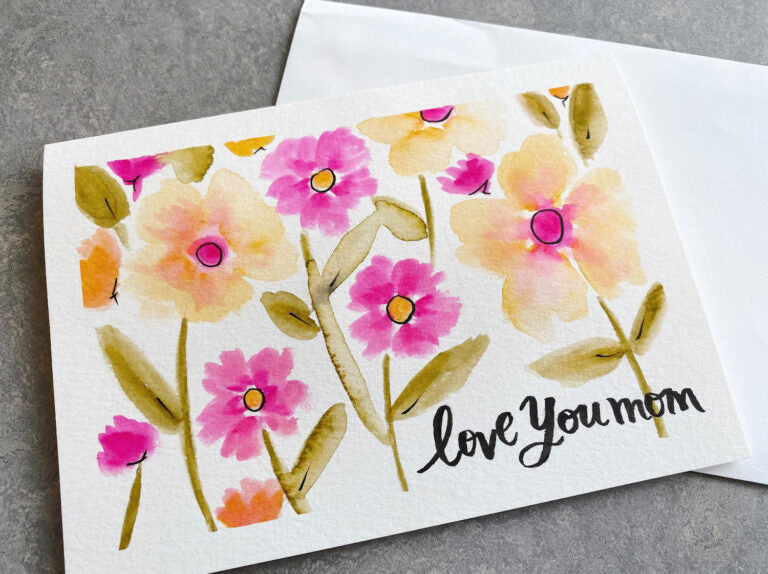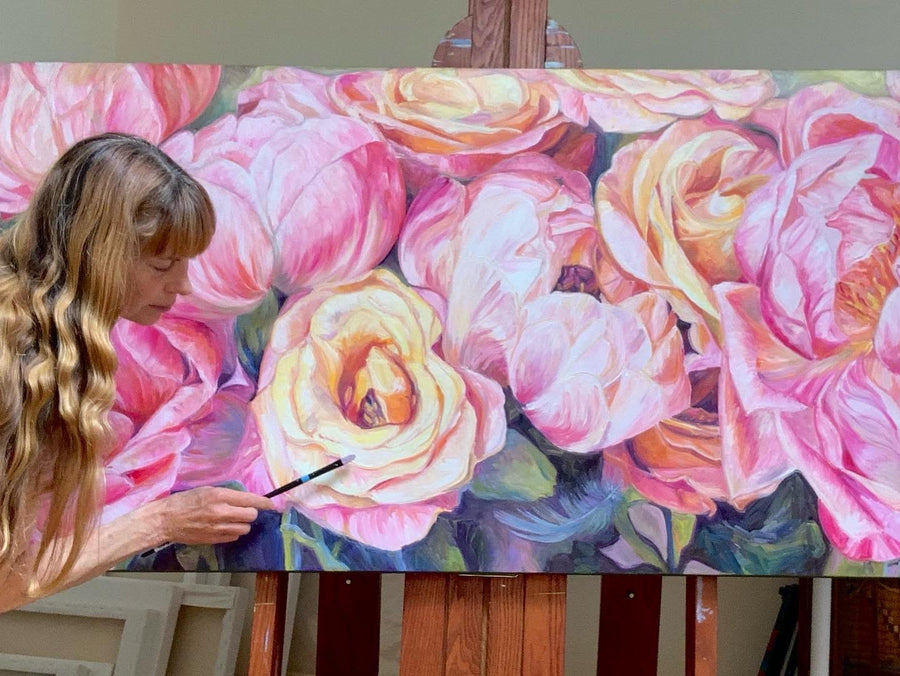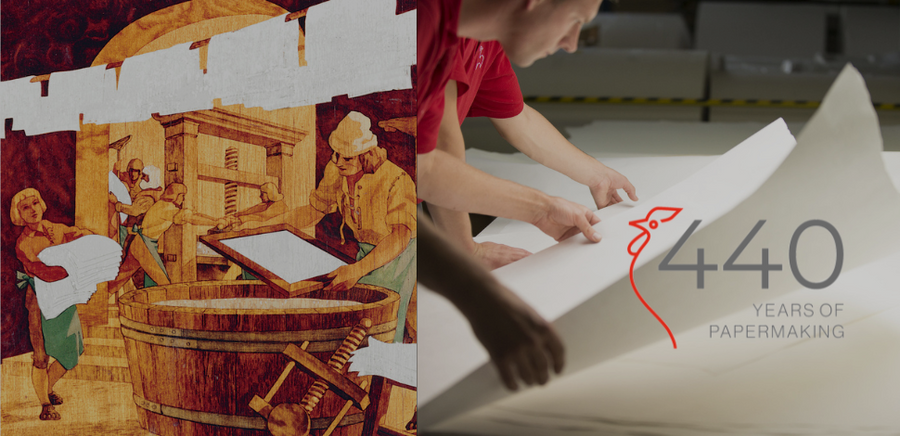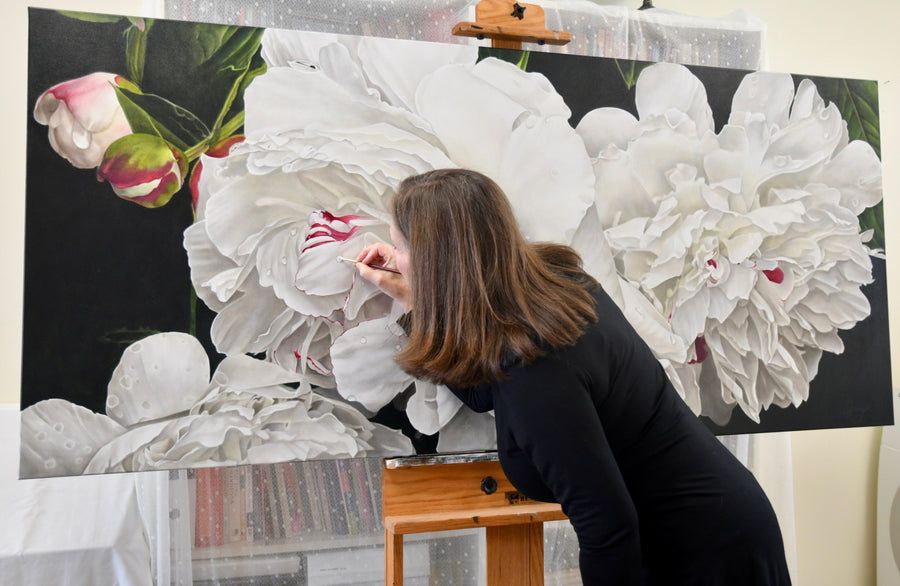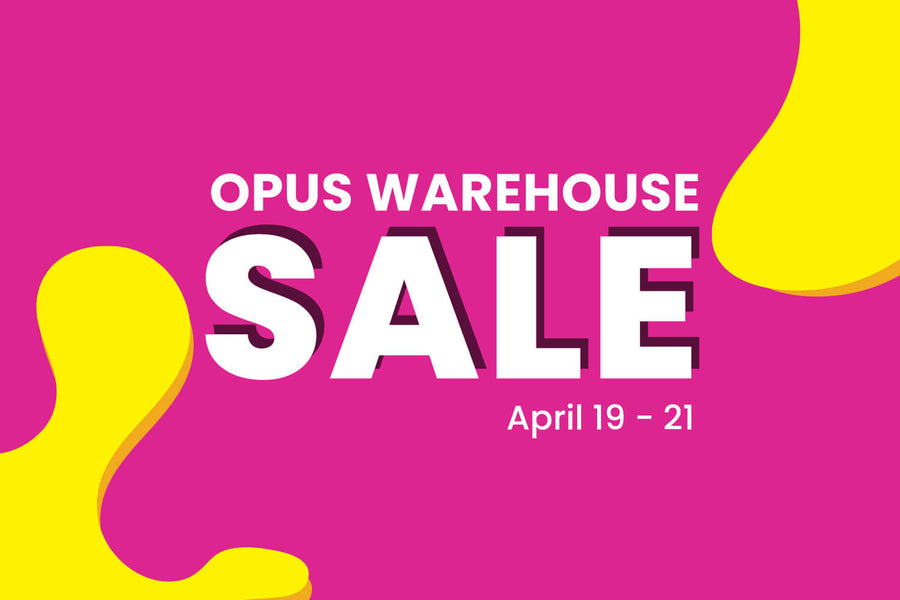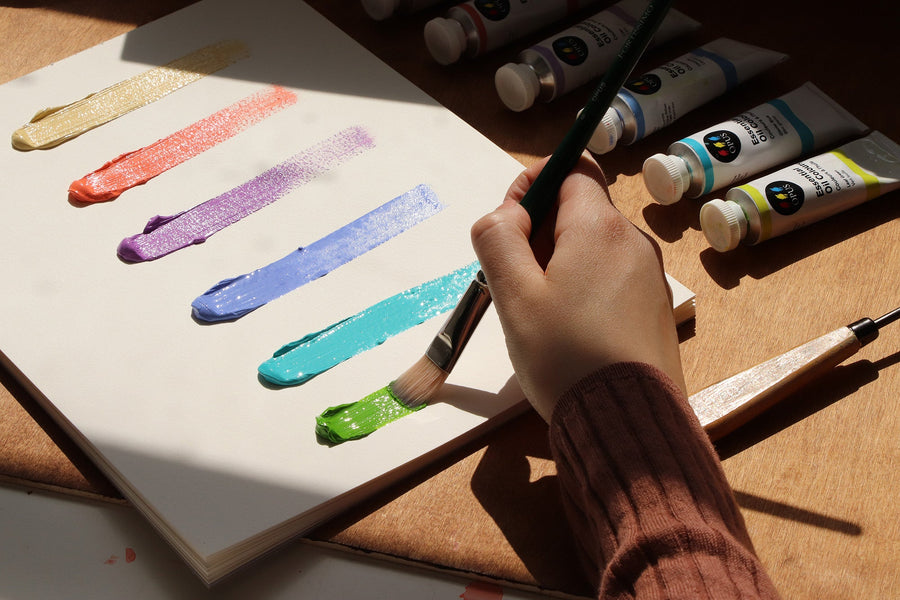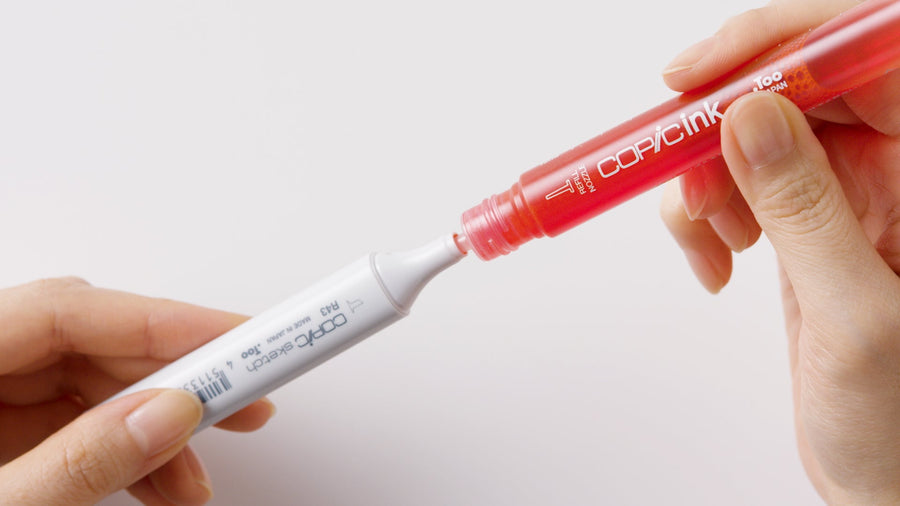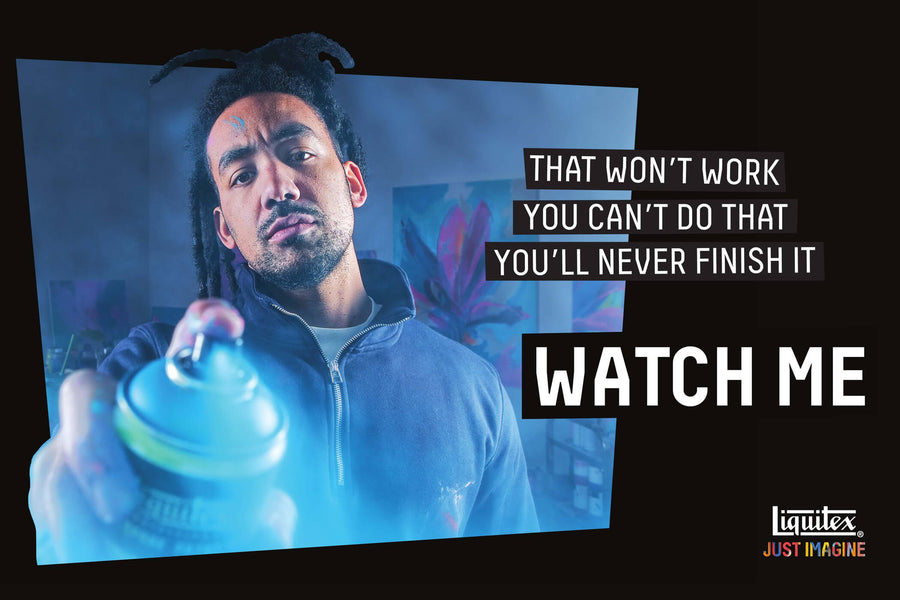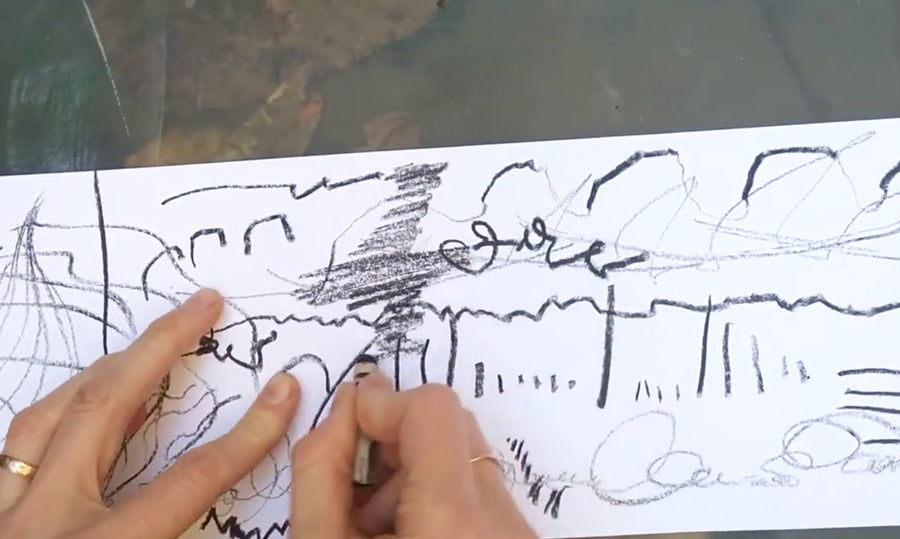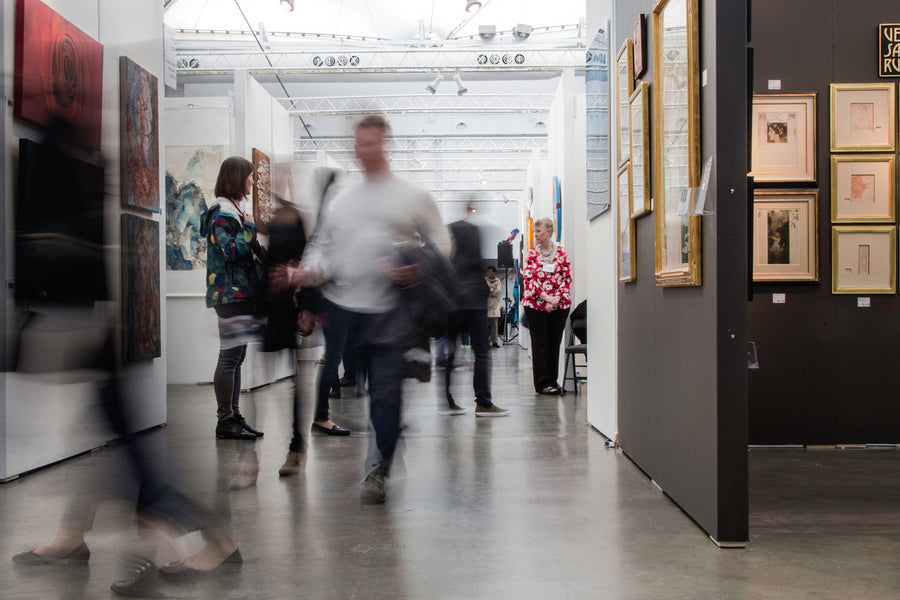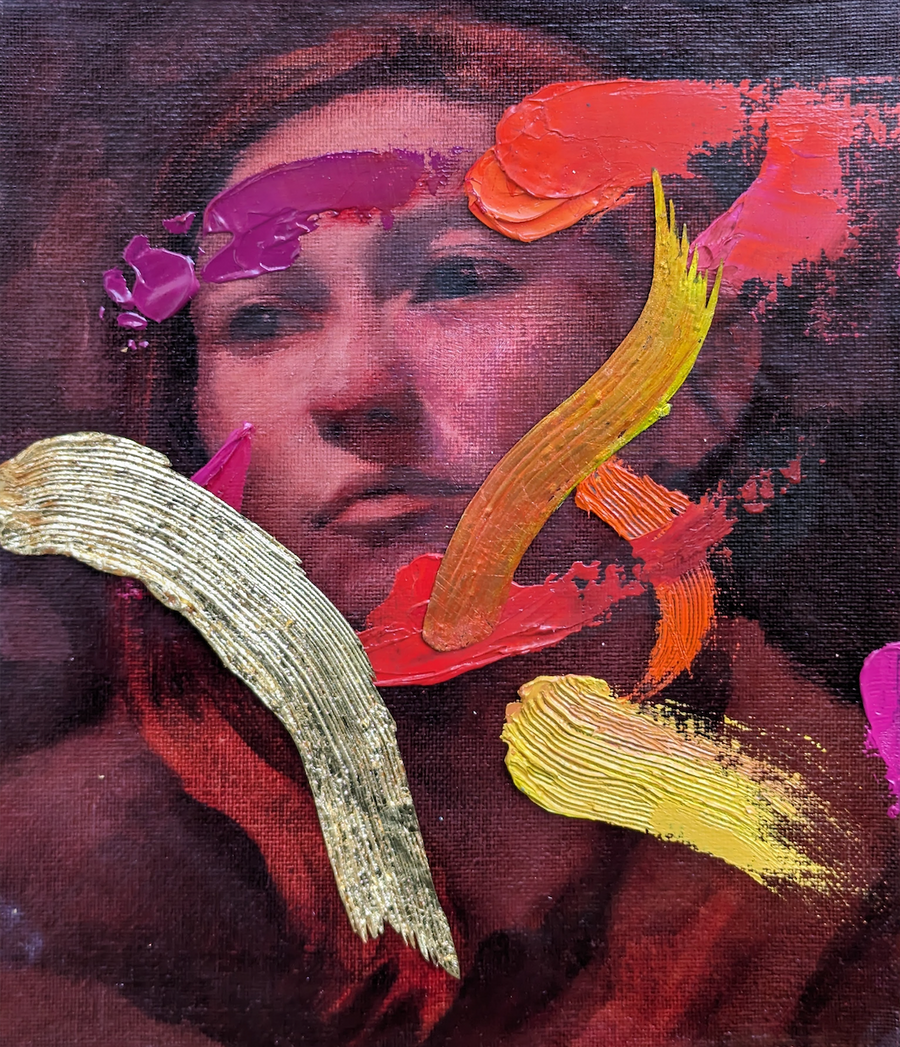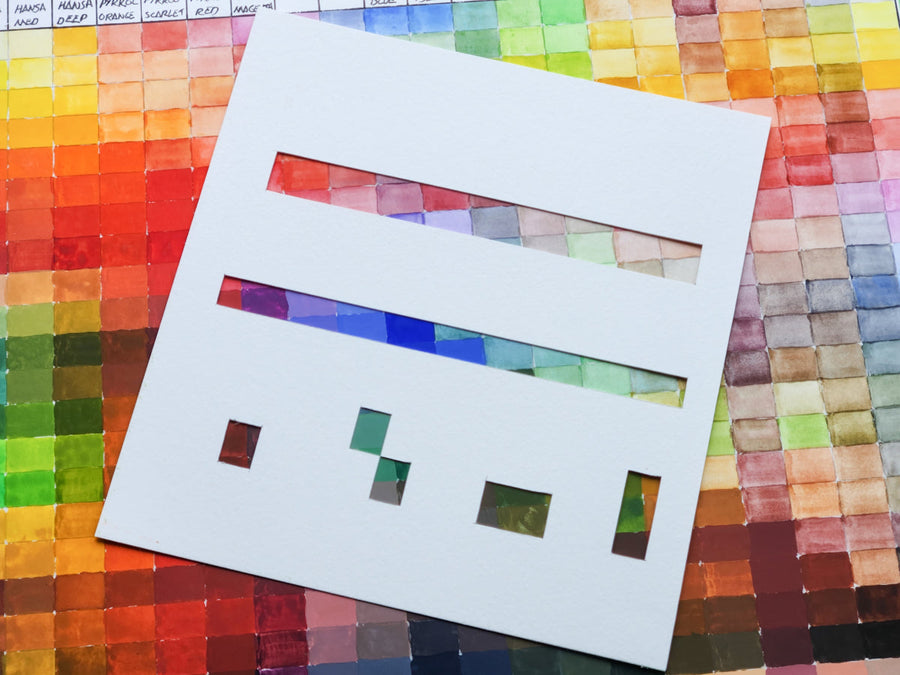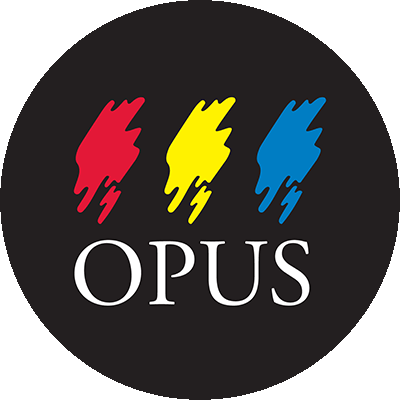What does a typical day in the studio look like for you?
I typically get to the studio around 10am, answer my emails and review my notebooks and sketchbooks in order to decide what needs to be done. If I’m in the production phase of a work, then I would have left something undone from the previous day which will get me going. If I am at the research stage of a project, then I read and test ideas in my
sketchbook. I normally have different things on the go at the same time, all at various stages.
How did 2020 impact you and your art?
2020 was a very positive year for me and my practice. I had been working as a digital designer in advertising for 22 years and in January 2020, I decided it was time to go for it as a full-time artist.
I was invited to be in a group show in February at Collyer Bristow Gallery in London. The exhibition was a success for me which has led to the gallery representing me, so thankfully I have been busy making work and selling to various private and public collections. I’ve been extremely fortunate.
What was the moment when you tried watercolours for the first time?
I can’t remember the very first time I used
watercolour; I’ve always used them on and off. I’d say the moment when I started using watercolour seriously was back in 2015 when I was in the final unit of my part-time art foundation course. I had always used watercolour with a bit of trepidation because you can’t exactly control it, but I love it now.

Can you describe how you use watercolours in your practice?
I use watercolour as a fully integrated part of my drawing practice, because for me watercolour fits within the language of drawing. I sometimes layer light washes of colour and then draw on top of that. Or I may use it to add colour to specific areas in my drawing. If I am working on
clay panel then I make intense pools of colour, when the
Clayboard has dried I then scratch into the surface to make marks.
Do you have any unique techniques you are happy to share?
I look for colours with a high concentration of pigment, so I only use professional grade watercolours. When I am working with
masking fluid I don’t use brushes, instead, I use
silicone shaper tools because the masking fluid comes off really easily afterwards. Sometimes I use
wax resist too. And sometimes I use a dip pen to draw with the masking fluid so I can make really fine lines.
How long have you been using Winsor & Newton watercolours, and what do you like about them?
I have always used Winsor & Newton; I like the quality and the range of colours. Even though I don’t use much colour in my work, when new colours are released, it doesn’t stop me wanting to try them out!
If you could give one piece of advice to someone trying watercolours for the first time, what would it be?
Have fun with it, first and foremost. Don’t try to control it, instead discover how the paint behaves and work with that. You can also try layering colour instead of trying to lay down full strength colour.
What is the best piece of advice you were ever given by another artist?
I had a tutor who was also from a design background who said: “Treat your work as if you are writing a poem. You don’t have to say everything, just say enough to entice the viewers’ imagination.” So I remind myself of this often, particularly when I overthink things. Often less really is more!
Do you remember the moment when you first felt inspired or moved by a piece of art?
The moment when I first felt inspired by a piece of art was when I was maybe 11 or 12 years old. I saw the work of
Salvador Dali for the first time, I think it was The Persistence of Memory. I was completely captivated by the world he had created on canvas. I still love his work today, particularly his drawings.
The moment when someone sees your work for the first time, what would you like them to think or feel?
I hope that the work allows them to slow down, contemplate and feel some form of stillness. A lot of people wonder what the characters are thinking because they don’t engage with the viewer; they are in their own world.
Have you ever made a piece of work that signalled a transition in your practice? If so, please tell us about that work and why it stands out to you.
I made the work Lost / Found on the final unit of my art foundation course. This was the very first of my life-sized figure drawings. I’d done a lot of research about a road close to where I live called Jamaica Road, and always wondered why it was called Jamaica Road, because my family came here from Jamaica. Through my extensive research, I discovered that the borough I lived in was heavily involved in the transatlantic slave trade.
I was part of a small critique group and I spoke about the connections to my family history and someone suggested I do a self-portrait. It kind of made sense to map all this information onto a figure. I wanted to challenge myself and draw a figure which was life-sized and that was how my practice was born.

What are the moments when you feel most challenged?
One of the moments when I feel most challenged is when I am starting a new body of work because it is the discovery phase, trying to figure out what I want to say and why I want to say it. I often have to just trust the process and let the work reveal what it wants to say.
What is the moment when you realize a piece is finished?
The moment when I normally feel a work is finished is when it stops communicating to me. I can just feel a tipping point and know that I will push it over the edge if I add another element to the drawing. I normally leave it alone for a couple of days and if I still feel that I will tip it over the edge then I know it’s finished.
Watch the full interview with Charmaine in the video below.
